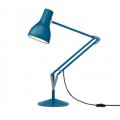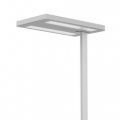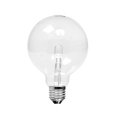Lamps - the most important things at a glance
No question, without the right lamp in your luminaire, it won't be bright. But if terms like lumen and kelvin still leave you in the shock of your last physics lesson, it can be difficult to decide on a particular model. Let's shed some light on illuminants together and see where we stand more than 100 years after the invention of the light bulb.
The clear favourite: the LED
LEDs are clearly the light source of the moment. They need no warm-up time, have a particularly long service life and consume very little energy. They have easily overtaken incandescent bulbs, energy-saving lamps, halogen lamps and fluorescent tubes. But what are the individual differences between the various models?

The shape of the luminaire
Small, large, slim, bulbous, milky, clear or even colourful: light sources rely on variety. You can complement your desk lamp with a pear, globe or candle-shaped version and choose LED lamps in spot or tube format for your pendant lamp. Are you a nostalgic person at heart? With LED filament lamps such as our Mega Edison by Danlamp, you can bring light into your home in the style of the good old light bulb. For an authentic look, these versions rely on visible filaments inside. Models with a tinted glass body such as the Mega Edison, coloured make the lighting even more unique.
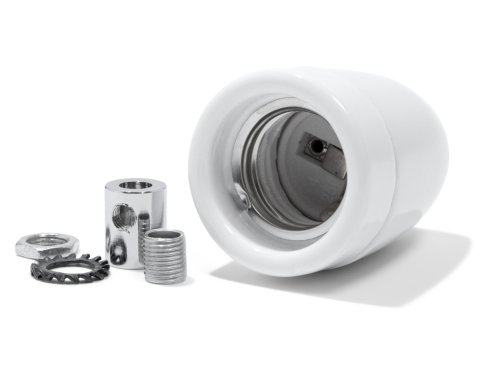
The lamp base or what does E27 mean?
There is nothing to shake about this point: The base of your lamp and the socket of the luminaire must be compatible, otherwise it will remain dark.
The most common variant is the classic Edison screw thread. For example, you will find lamps with E27, E14 or E40 imprints on the package. The E stands for Edison, the following number indicates the base diameter in millimetres.
Depending on the type of luminaire, LED lamps with a pin or tube base may also be required.
Lamps and sustainability
The EU energy label makes it easy for you to see the power consumption of a lamp at a glance. The classes range from A, particularly energy-efficient, to G, less energy-efficient. The classification is based on the luminous efficacy of a lighting fixture in relation to its electrical output. To be assigned to category A, a lamp must have more than 210 lumens/watt, for example.
The service life of a lamp should not be ignored either. LEDs are often used for up to 50,000 hours. Compared to incandescent bulbs, which last around 1,000 hours, or halogen lamps, which last almost 4,000 hours, they are clearly ahead. Only their disposal is perhaps a little less convenient: the light-emitting diodes do not belong in household waste, they are classified as electrical waste.
Tip: When looking for suitable lighting, it is worthwhile to include the maximum possible number of switching cycles in the purchase decision. Especially in rooms where the light is frequently switched on and off, a high switching resistance can be decisive for the service life of a light source.
The beam angle
The beam angle indicates the angle at which a lamp emits light. Together with the distance of the lamp to the illuminated surface, it directly determines how large the area is that is illuminated.
For extensive lighting, you can use beam angles between 90° and 120°. With a luminaire spacing of approx. 2.5 m, the size of the circle of light is between 5 and 8.5 m. If you want to illuminate a specific object, an angle of 60° is sufficient. As always, it is up to your individual taste.
Light sources and their brightness - lumens instead of watts
Luminous flux tells you how much light a lamp produces in a given period of time. It is expressed in lumens. The higher the lumen value of a lamp, the brighter it appears.
In the past, the brightness of a lamp was read from its wattage. Since people are creatures of habit, you will often still find a conversion of the lumen value into watts on the lamp packaging.
The colour temperature
The colour temperature of a lamp is measured in Kelvin. Basically, it can be stated that the higher the value of the colour temperature, the colder the light colour: The higher the colour temperature value, the colder the light colour. Warm white light is found in a spectrum below 3,300 Kelvin. Neutral white values lie between 3,300 and 5,300. Values above this fall under the term daylight white.
We recommend that you adjust the colour temperature to the place where your lamp will be used. In the study, higher values are appropriate. In the living room, it can be more cosy.
Colour rendering
Daylight has a colour rendering index of 100, which means that all colours are reproduced faithfully. If your LED lamp has an Ra value of 80, this is usually sufficient. If you need a particularly natural colour rendering, look for a colour rendering index of at least 90, as offered by our Danlamp Globe Deluxe.
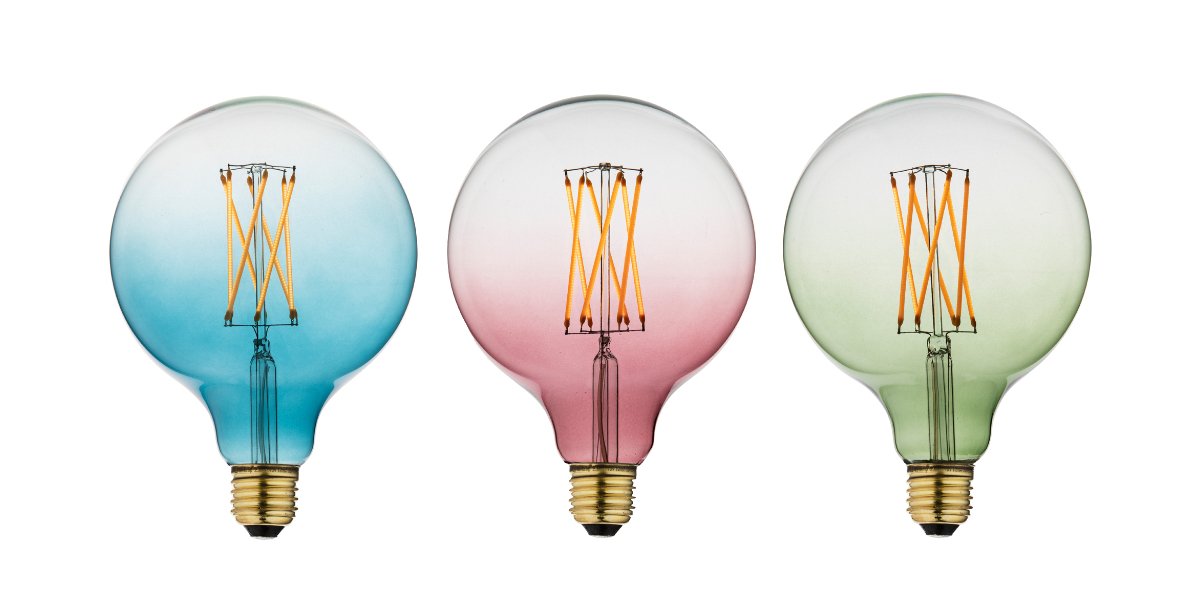
Now it's getting cosy
Incandescent bulbs and halogen lamps could be dimmed without restriction. With LEDs, things are somewhat different due to their complexity. In principle, it is also possible to regulate their brightness individually, but not all models have the technical prerequisites. When buying, make sure that the lamp of your choice is explicitly dimmable. With our Danlamp Edison Lamp, for example, you can create a cosy atmosphere even with your workplace lamp.
